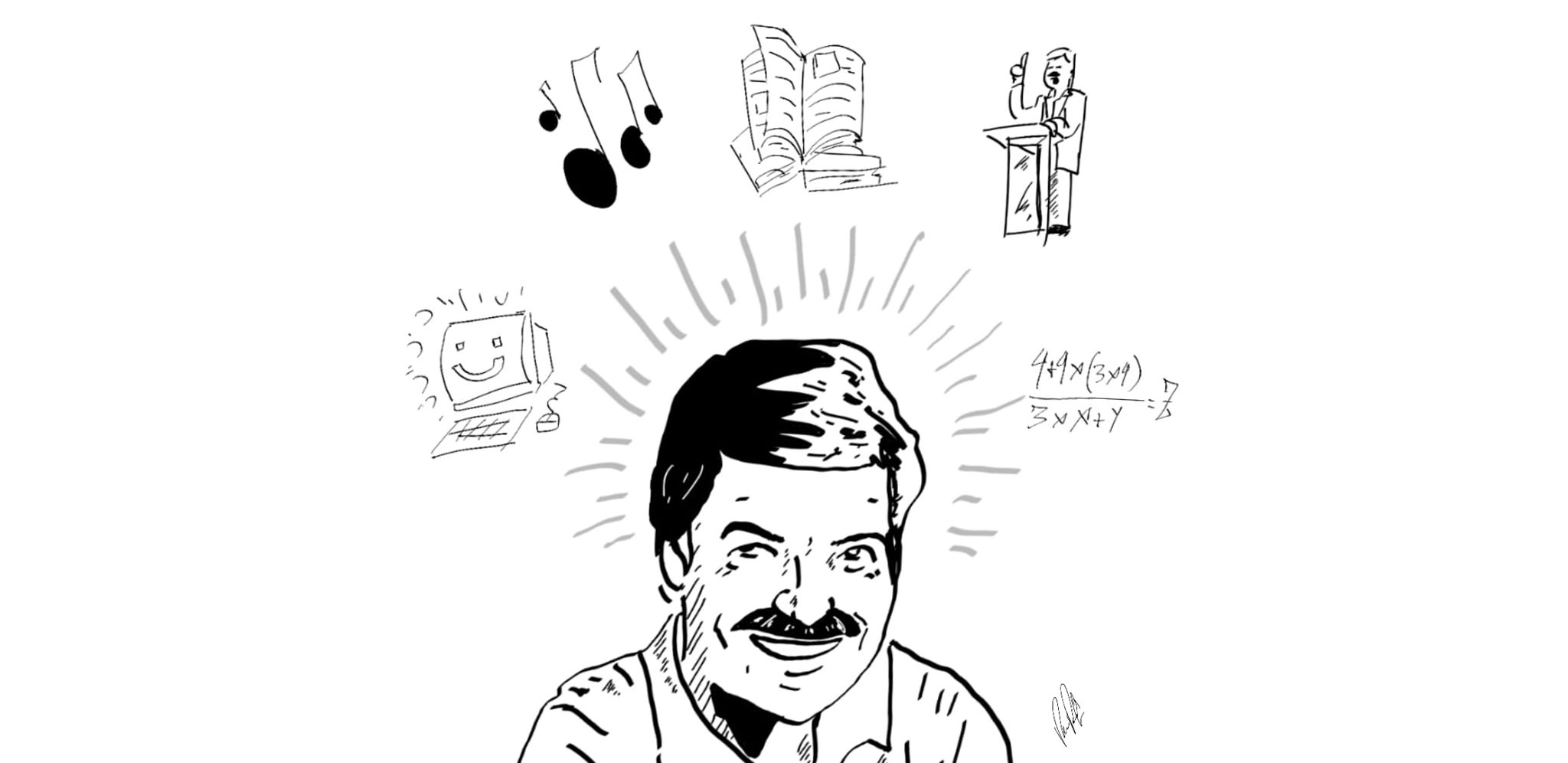
Interview with Alan Kay
By Rebecca Lake Pool
“The best way to predict the future is to create it” – Alan Kay
“Art is “all the stuff that people make”, and this includes our beliefs (which we like to call “reality”). Most people don’t think of science or technology as Art, but all three of these areas are actually art forms.” – Alan Kay
Alan Kay is an American computer scientist, mathematician, engineer, professional jazz artist, composer, theatrical designer, writer, educator, and all around intellectual. He not only is a constant teacher, but also a consistent learner.
Mr. Kay learned to love reading early on and it has been a large impact on his life. In his lecture “The Center of “Why”?” Mr. Kay says; “I think the most important thing that happened to me in my entire life happened very early: learning to read fluently several years before I went to school. My earliest memories are of books. It is almost impossible to read widely and not encounter many different perspectives on the same ideas, even for childish reading.”
I was lucky enough to have Mr. Kay respond to 3 questions I asked him about this thoughts on the Arts and STEM careers.
Interview with Alan Kay:
1. What “soft skills” from the arts have helped you become successful in your computer science career?
Mr. Kay: For the user interface inventions I’ve done, I was most aided by “the humanities” (the “user” is “a human” so those who are not interested in humans will not come up with good user interface ideas — and there are lots of bad ones around). Theatrics and theatrical design is quite literally about creating “user interfaces” between ideas and human beings. I don’t consider any of these “soft skills”, they are as hard as everything else, they just use less obvious math.
2. What correlations have you uncovered between the arts and engineering?
Mr. Kay: I think I’ve answered this (See below)— Engineering along with Science are art forms that have a few more side conditions than most arts. Again, if you think about what art is really about, then it’s hard not to consider Science and Engineering as the two main art forms of the 20th century. The audience to appreciate this art is still small, but one can say that about Bach fugues as well.
3. You’ve had a very eclectic career. What have you found most valuable about your experiences?
Mr. Kay: I never thought of having a career. From a personal standpoint, getting fluent enough to deeply appreciate many kinds of art is “happiness”. My particular path has been broad enough to bring home — almost every day — just how much more there is to know, most of which I will not be able to touch. But, as a “glass half full” personality type, I’m very happy to be able to do what I can do.
Below is the beautifully crafted response I received from Mr. Kay.
“An important idea about “art” is that it acts as a “wake up call” to remind us that there is a lot more that could be thought about than what we are able to think about at any given time.
An important idea about “making art” is that it pretty much forces the artist to confront many different kinds of emotions and skills, including “internal resonances”, and the difficult tradeoffs between “art” and “mere technique”. Art can be done personally, just for the artist — but in many, if not most, cases it is also a kind of communication to others, usually in forms that can wiggle through their defenses and already held beliefs.
Science is an art form. Scientists make models of ideas using human created representations, and the models are most critically judged by how well they map the phenomena they are trying to model. The models can be beautiful without good mappings, but they are only *wonderful* when they do map well. (Looking at art from this standpoint, it’s worth noting how “wonderful models” from science in the 20th century compare to the older artistic creations.)
The technique parts of most arts have many things in common. They require a lot of effort over many years to gain fluency. The manifestation of a work of art also requires an exquisite combination of deep care and crazy spontaneity — whether it’s playing or composing a fugue, or inventing a new way to do computing. The people who wind up getting good at any of these have found ways to “be crazy” some of the time, and to “be organized” much of the rest of the time. In my head, these are different “rooms” that have good doors and locks.
Science and Engineering mainly differ from other art forms in that nature is quite simple about “without benefit of doubt” — in the other arts one is making trying to make contact with people — with S&E, nature doesn’t care about our opinions and cannot be sold on an idea, it is we who have to learn about nature and what it seems to be doing.
The science in “Computer Science” is like the science in “Bridge Science” — it is a science of things people make. Engineers make bridges, and once they exist, they are phenomena that can be modeled. One of the reasons that it is wonderful to be a scientist and/or engineer in our time is that a good model can indicate better ways to design and make things, and engineers can then make them — and these can then be studied and learning and art improved.
It’s worth looking at making by “tinkering”, which is something we share with many animals, especially some birds and mammals, and especially primates. Engineering was invented when the process gained some principles, the first of which were probably just remembering what works more or less consistently. Our tendency towards ritual helped a lot to get this started (and of course is also a real barrier for the much later inventions of real thinking). The “consistently” property is very important. So: what will get us a consistently good meal when we are cooking? What will get us a consistently safe bridge? What will get us consistently workable imagery on a wall? Etc.
If you learn “real mathematics” and also have some background in engineering, one realizes right away that a lot of what constitutes “good proofs” in math is also “good engineering”. “Good method” in science is also “good engineering”, etc. A further connection is to look deeper and realize that today’s lingua franca in all these areas is “systems thinking” — “systems” unify in many ways for many things at many scales.” – Alan
I highly recommend reading Mr. Kay’s article “The Center of “Why”?” It is extremely well written and dives into the “Art” of STEM.
http://www.vpri.org/pdf/m2004002_center.pdf
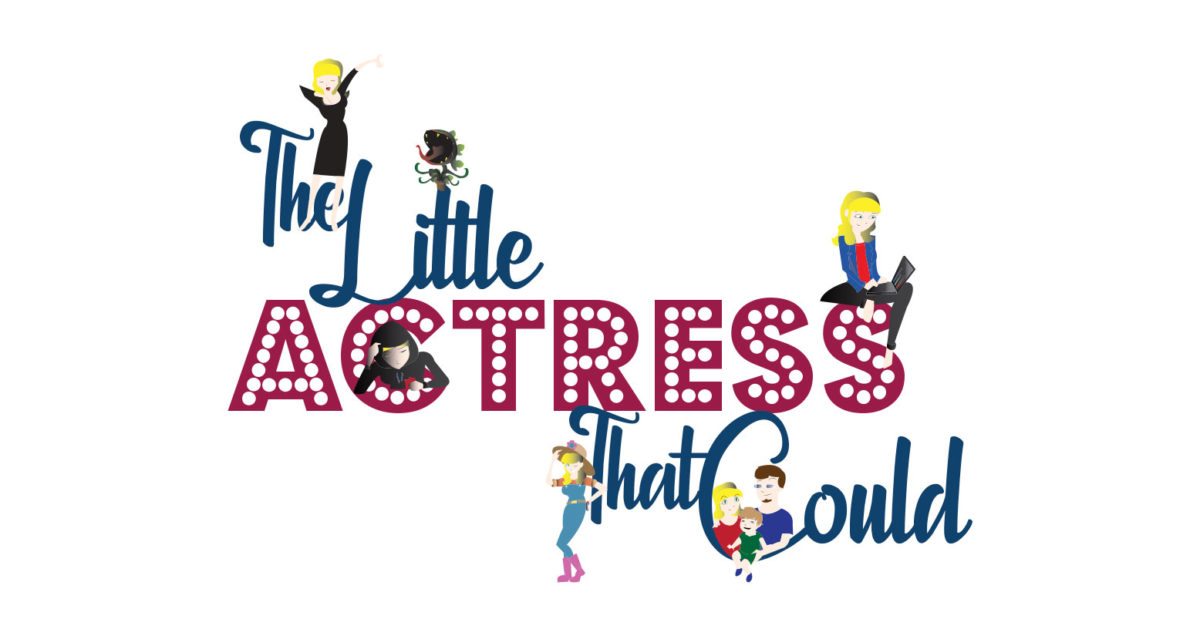

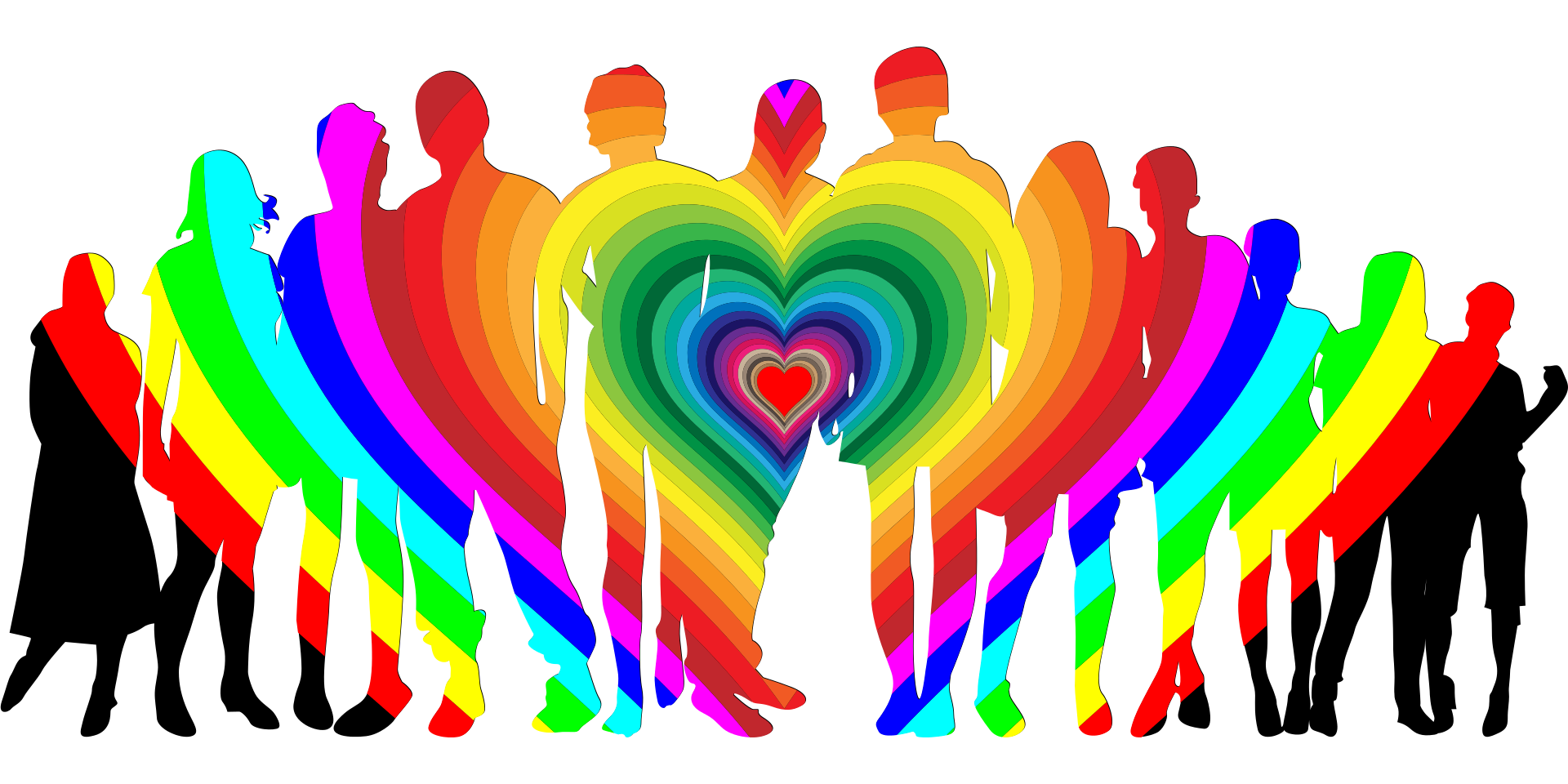
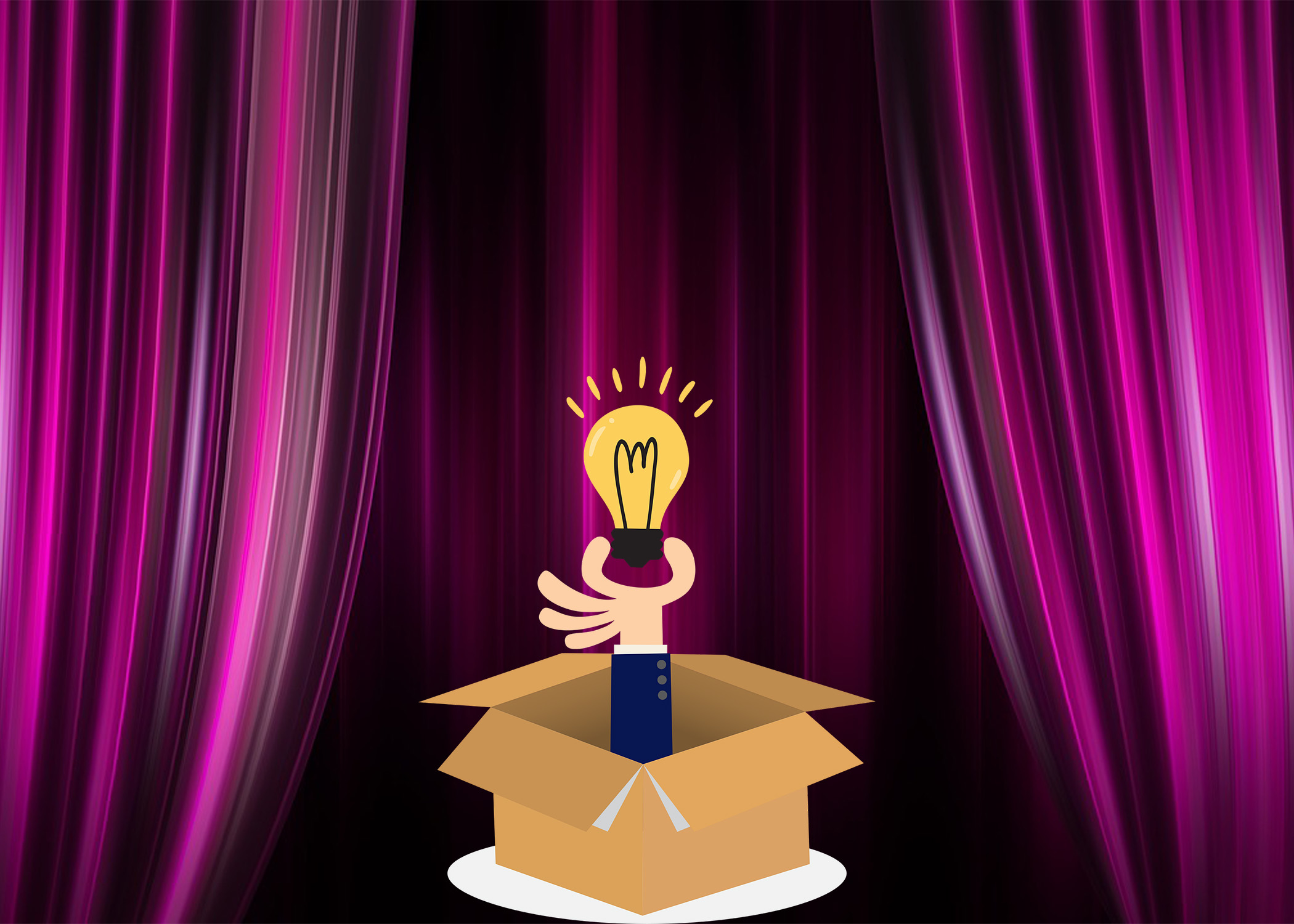
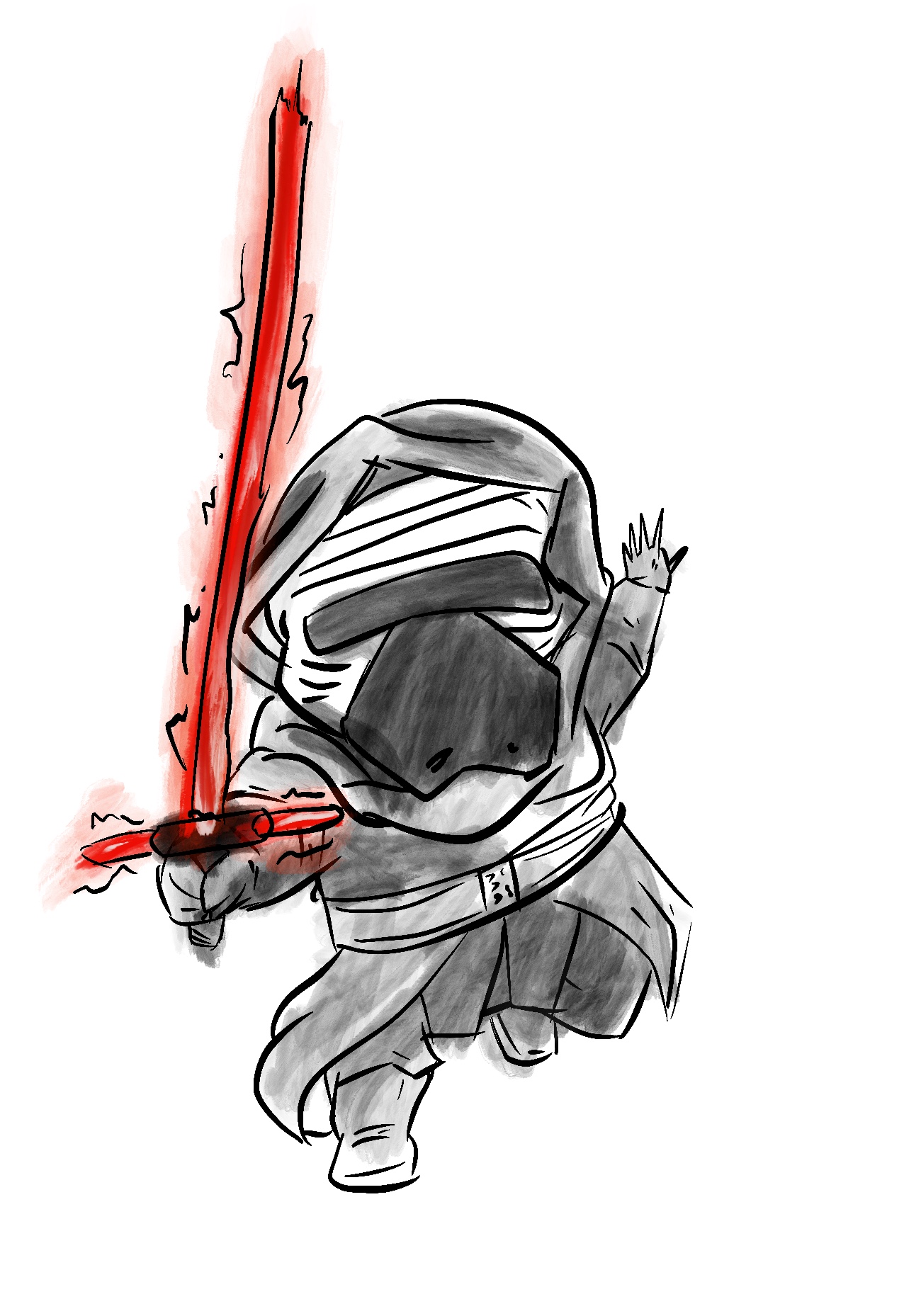
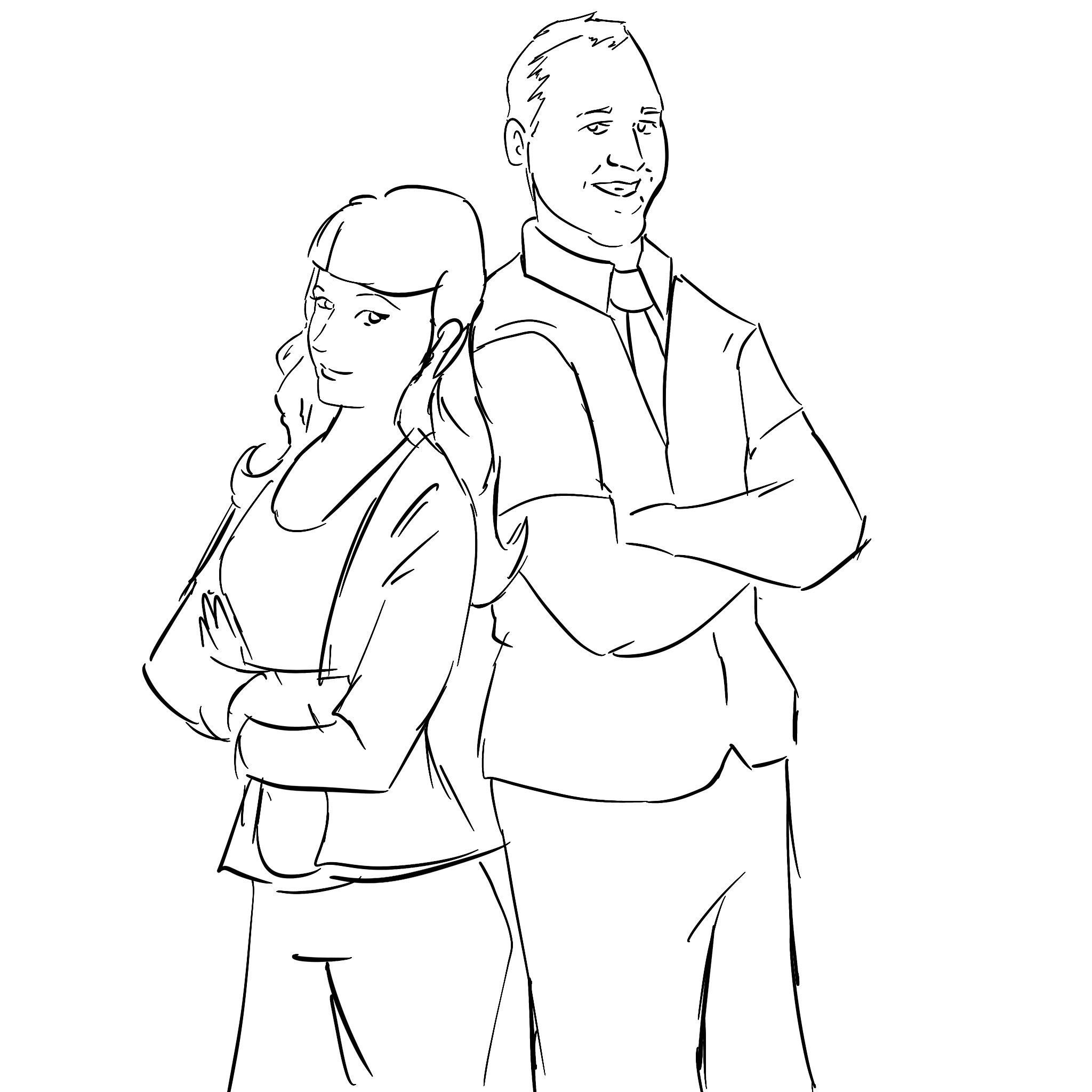
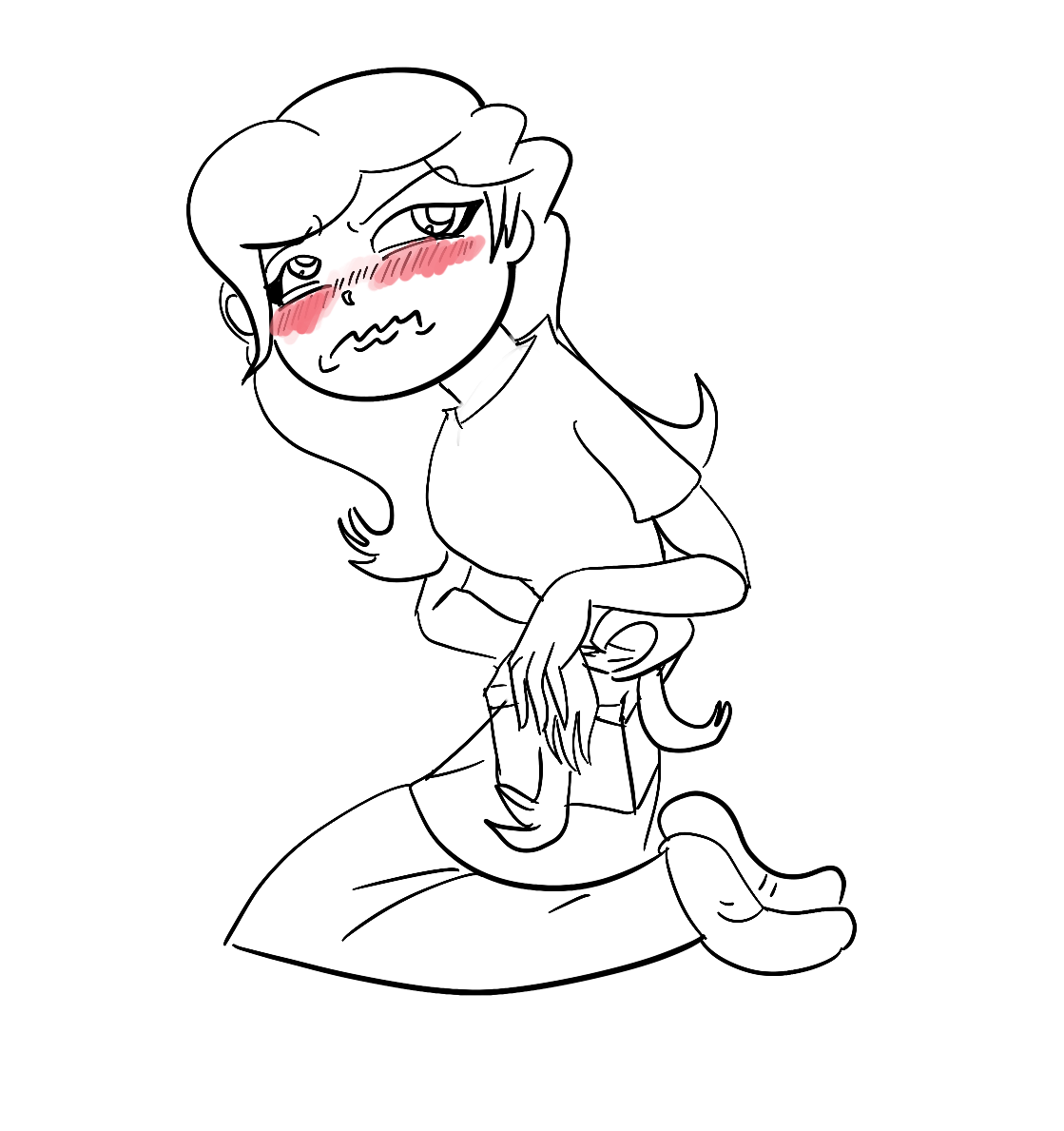

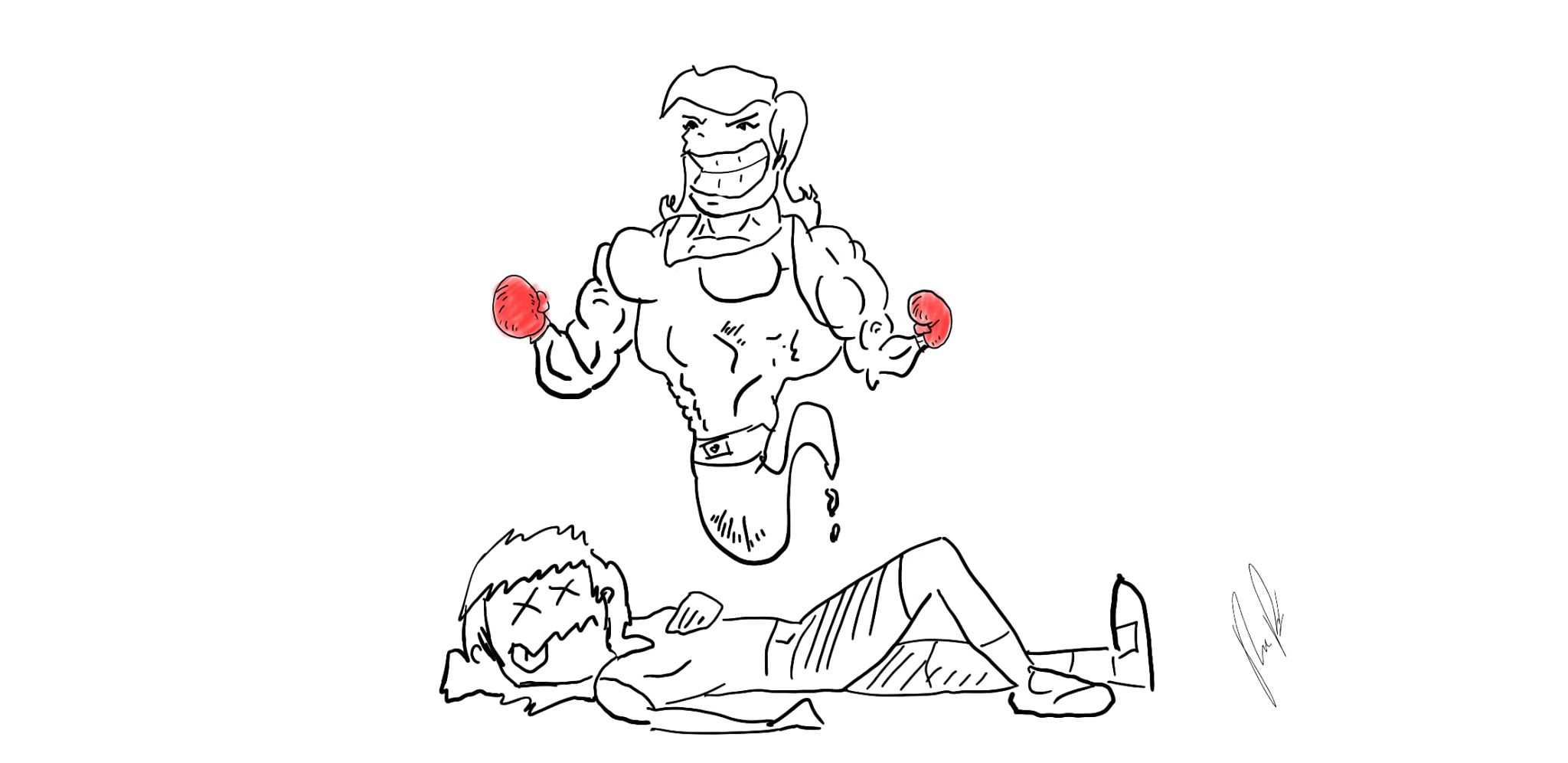
Comments
Excellent article.
Thank you